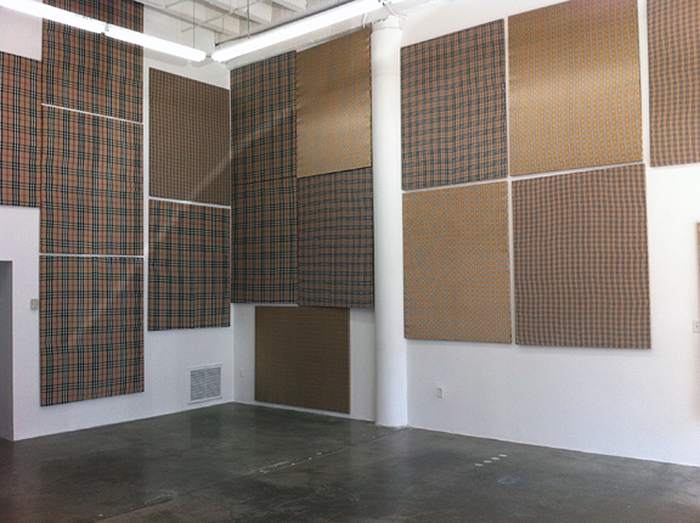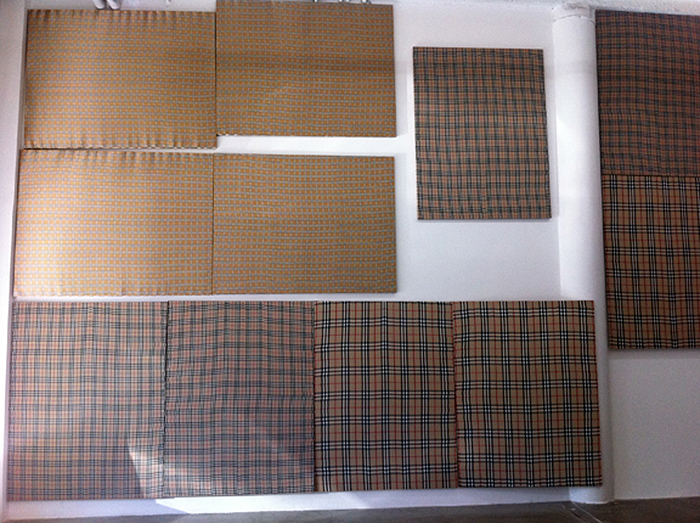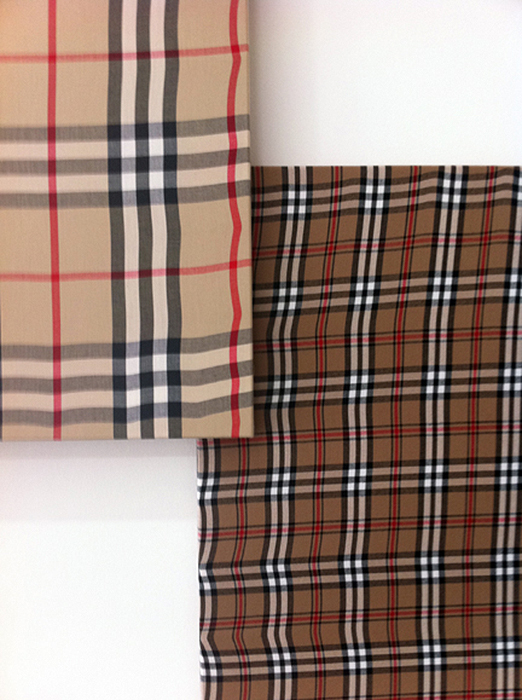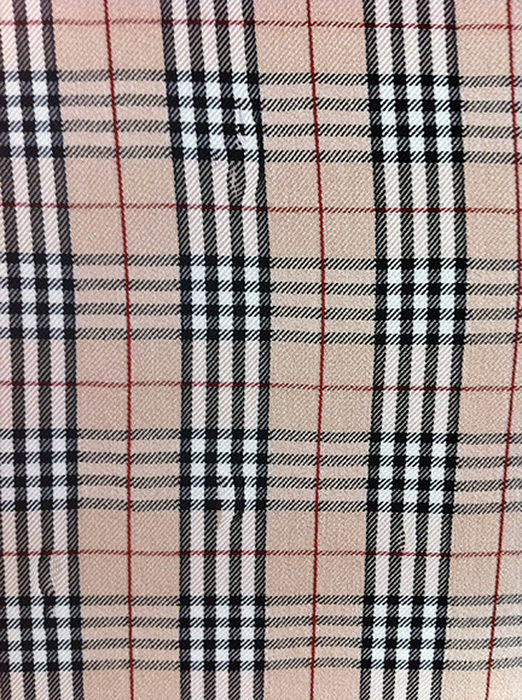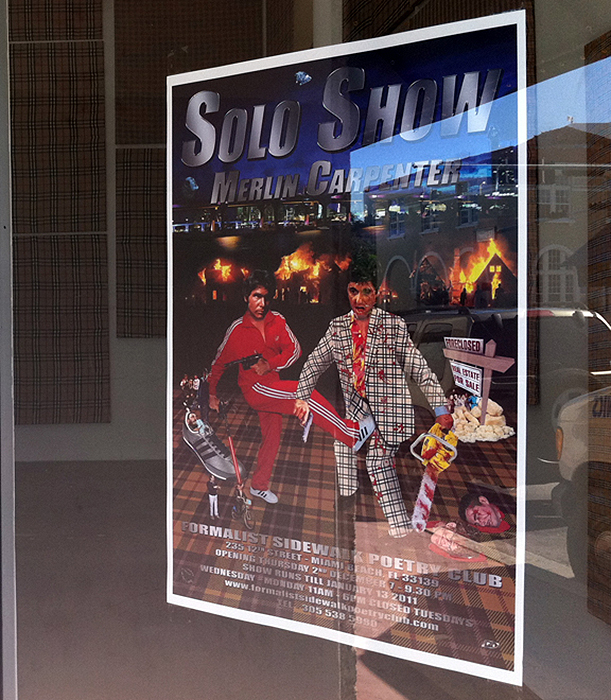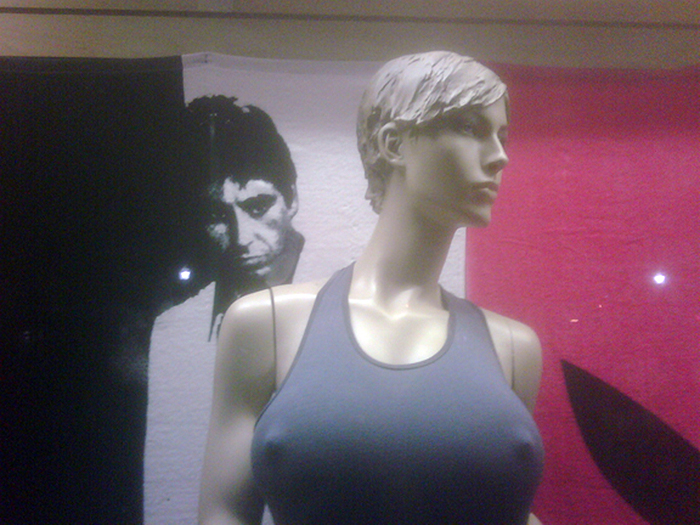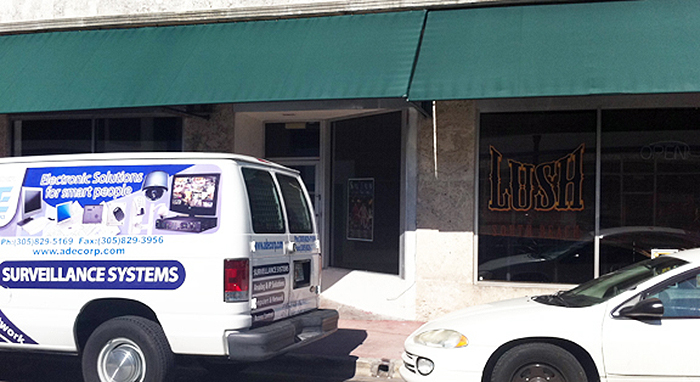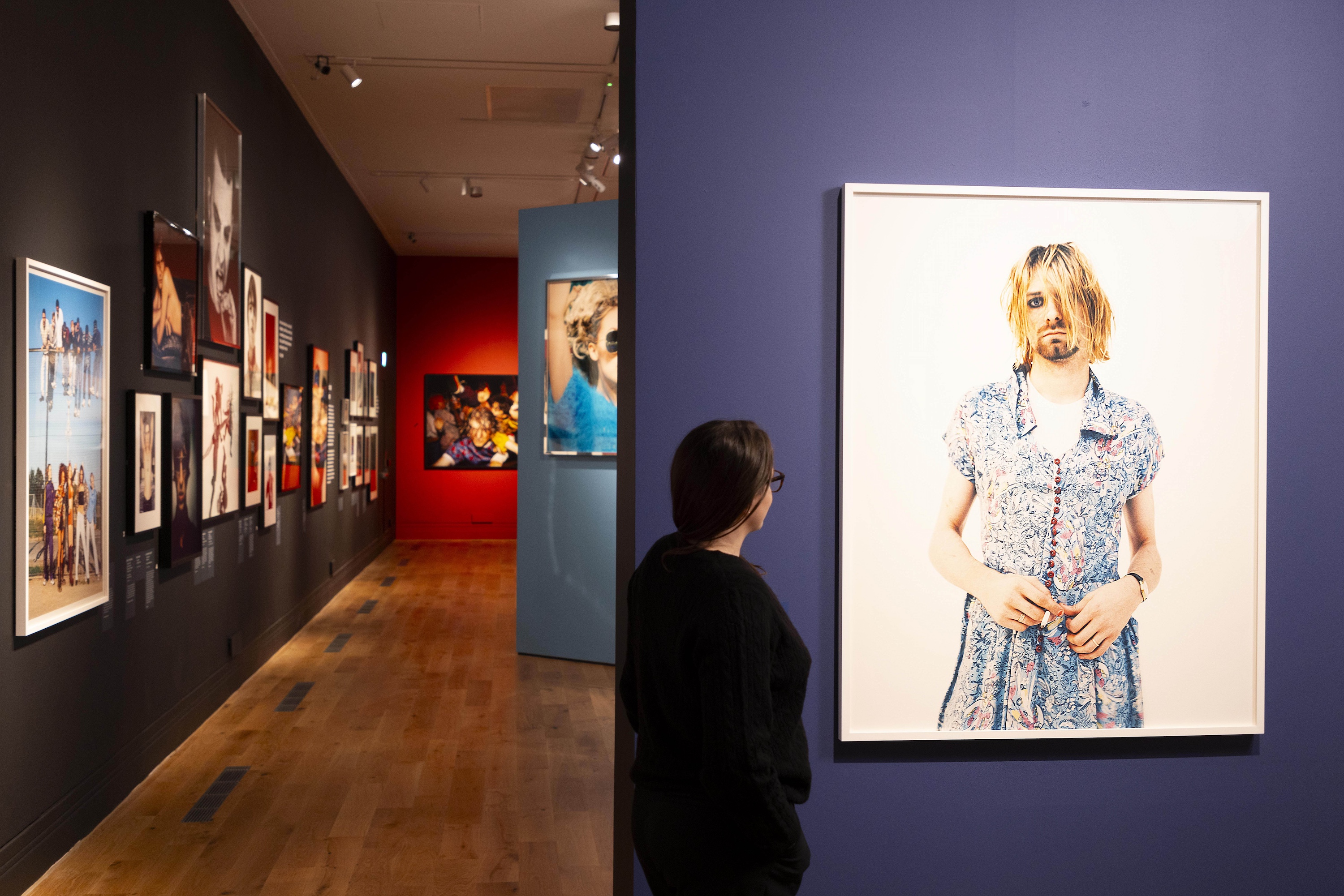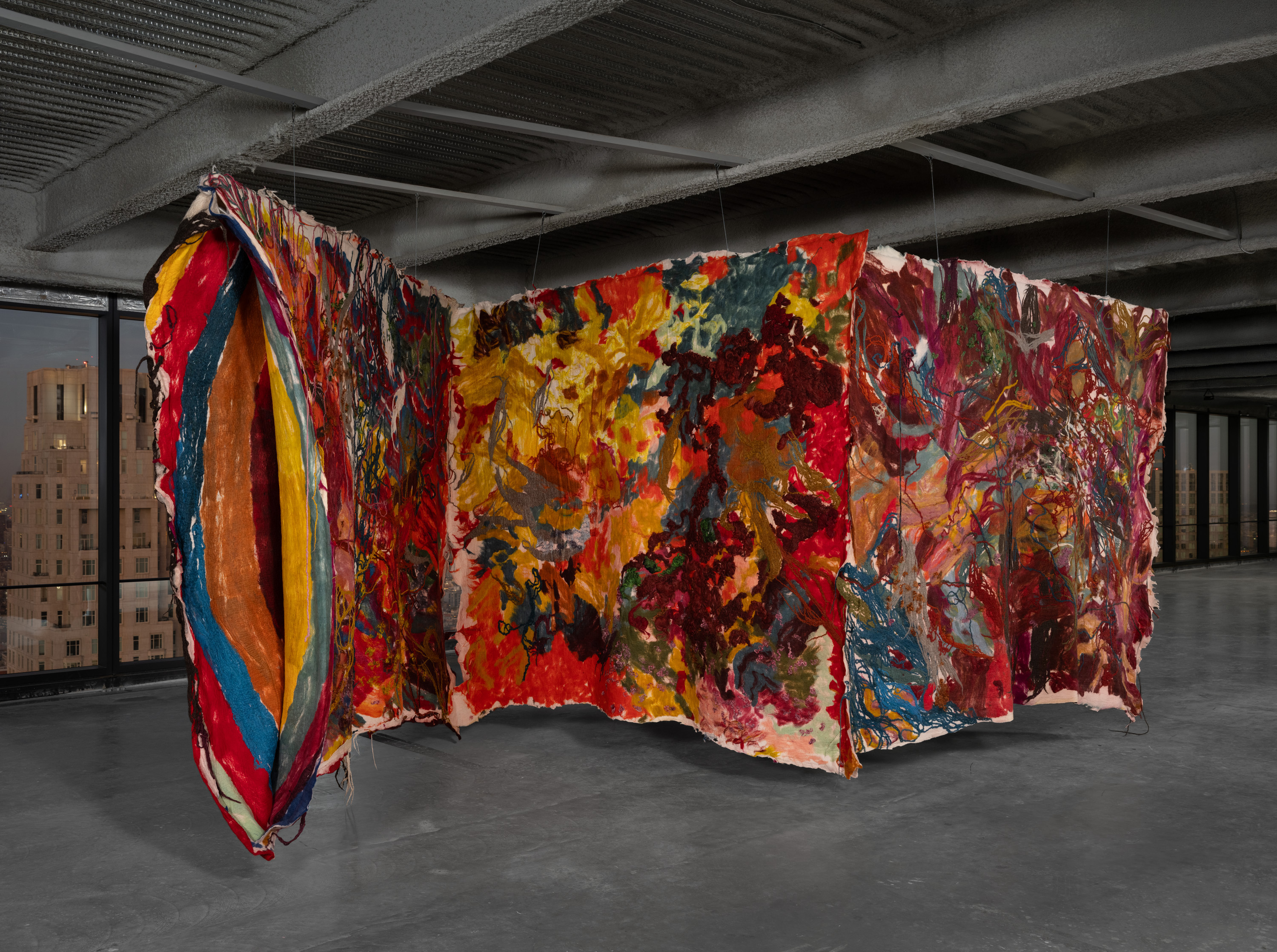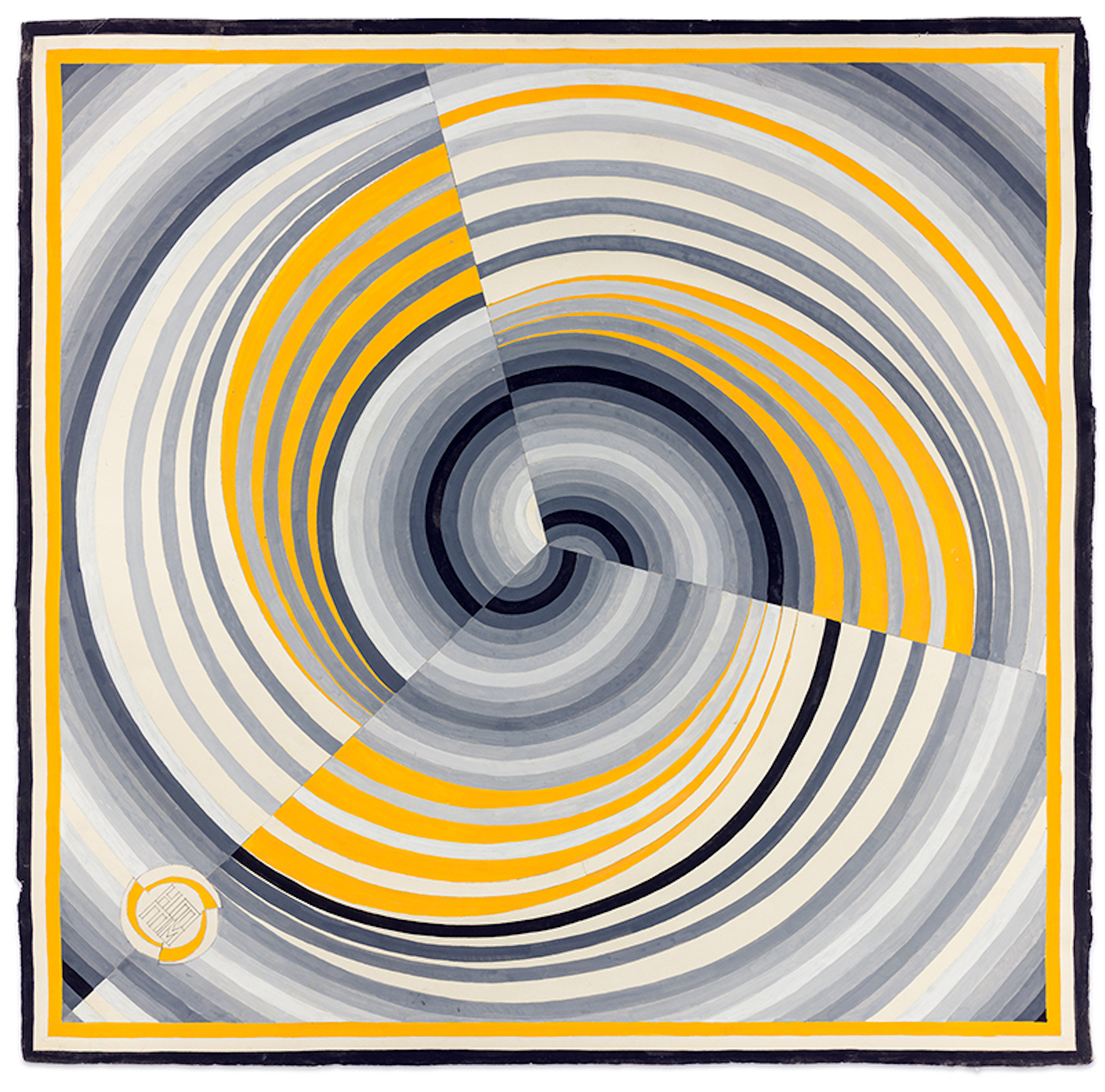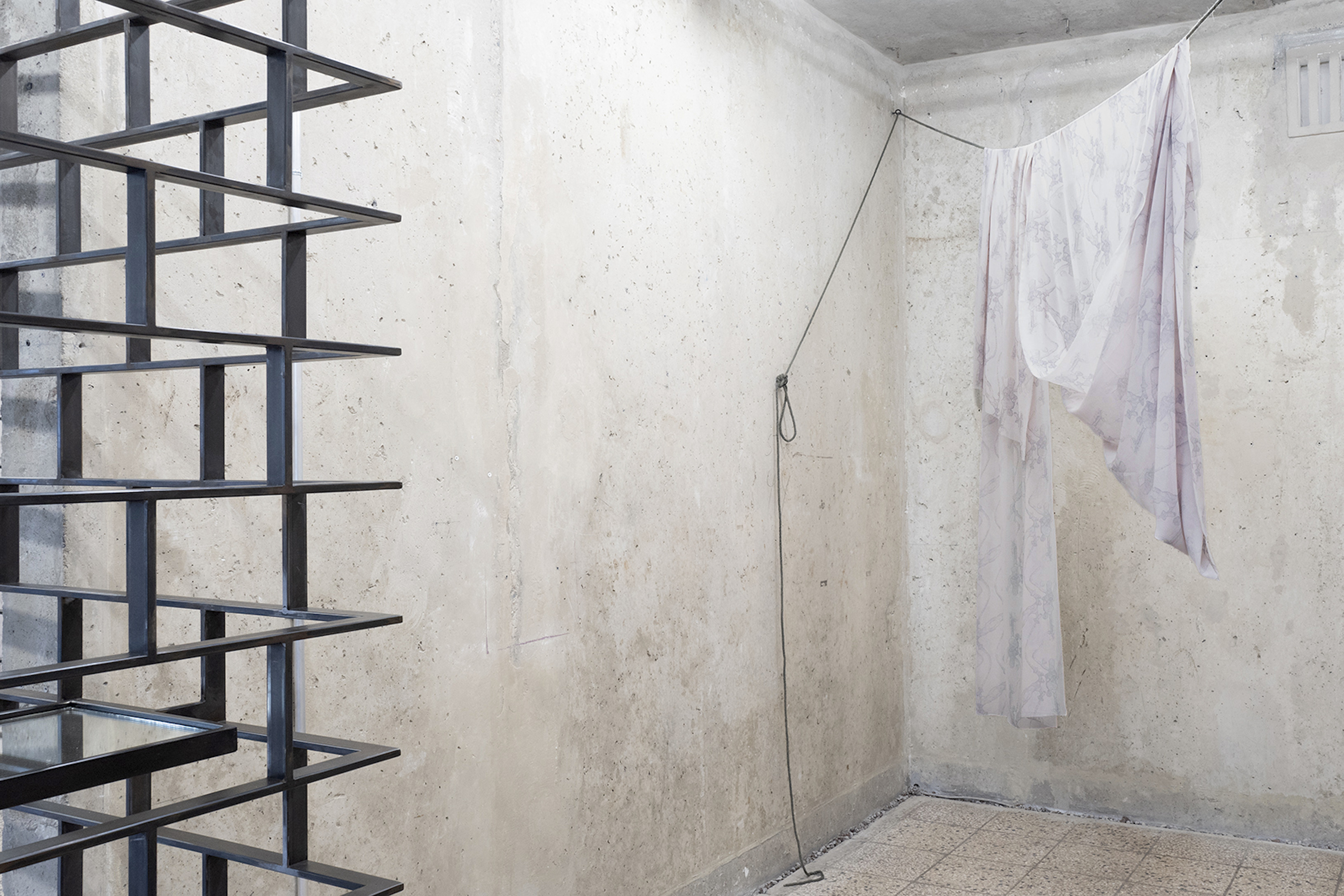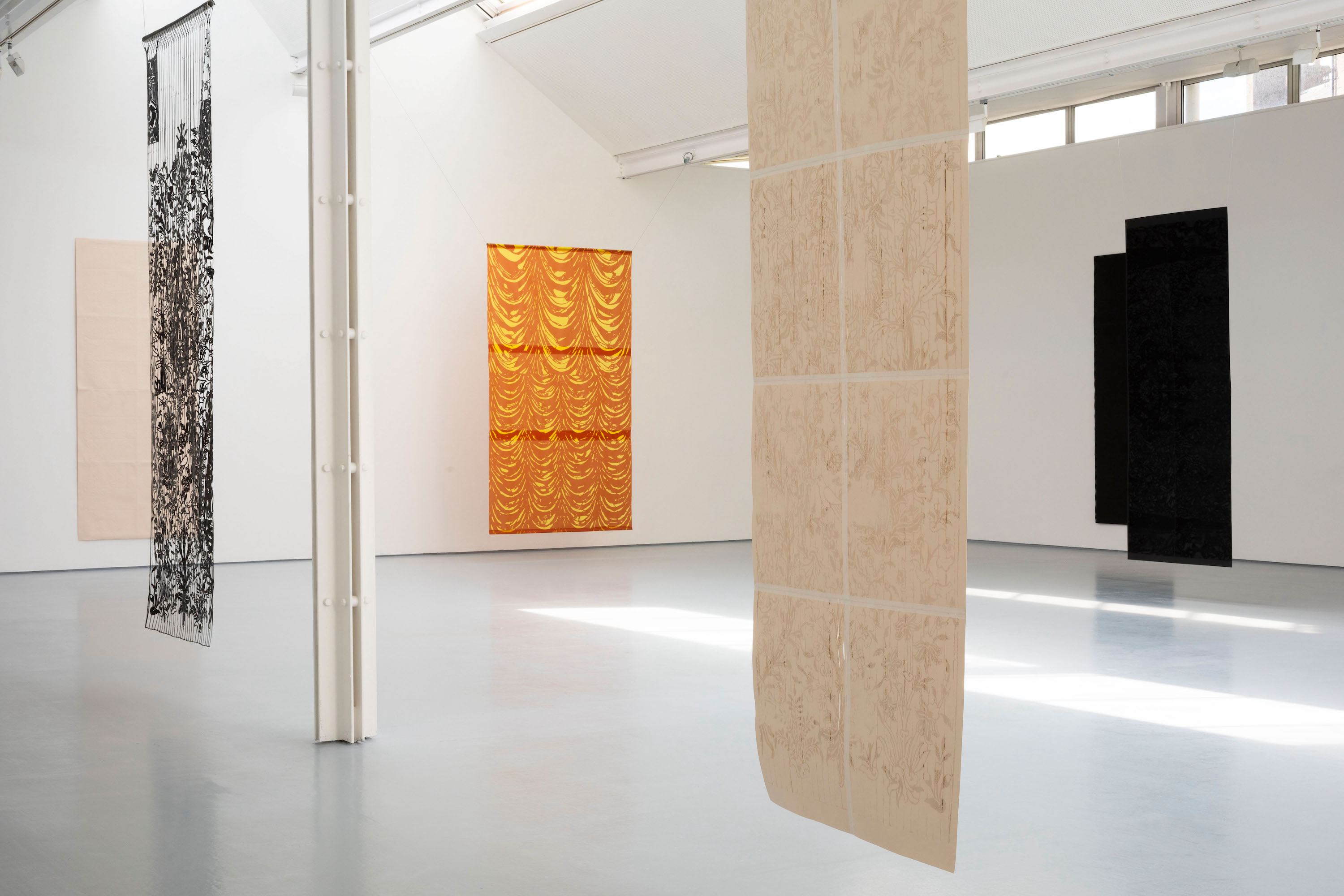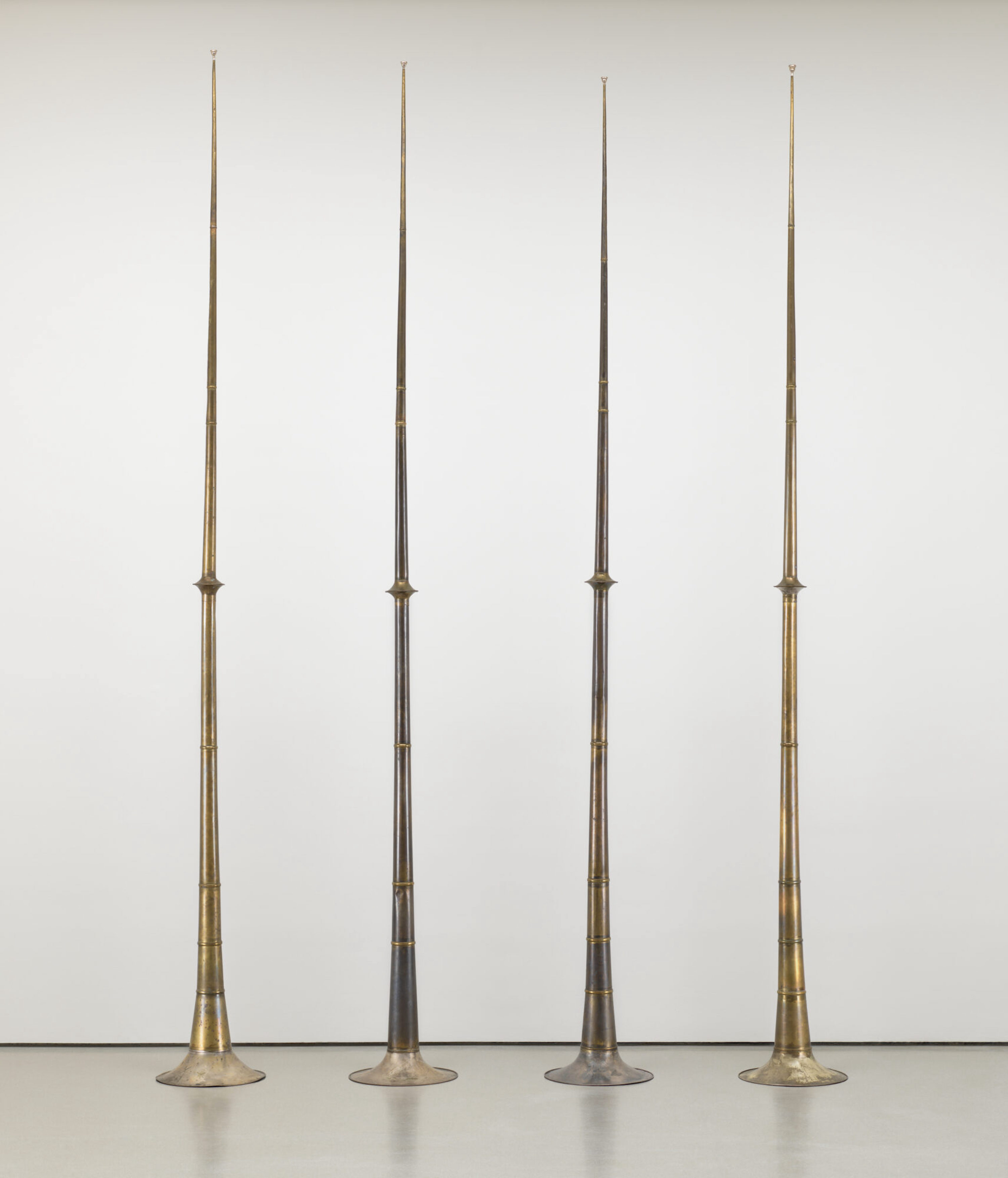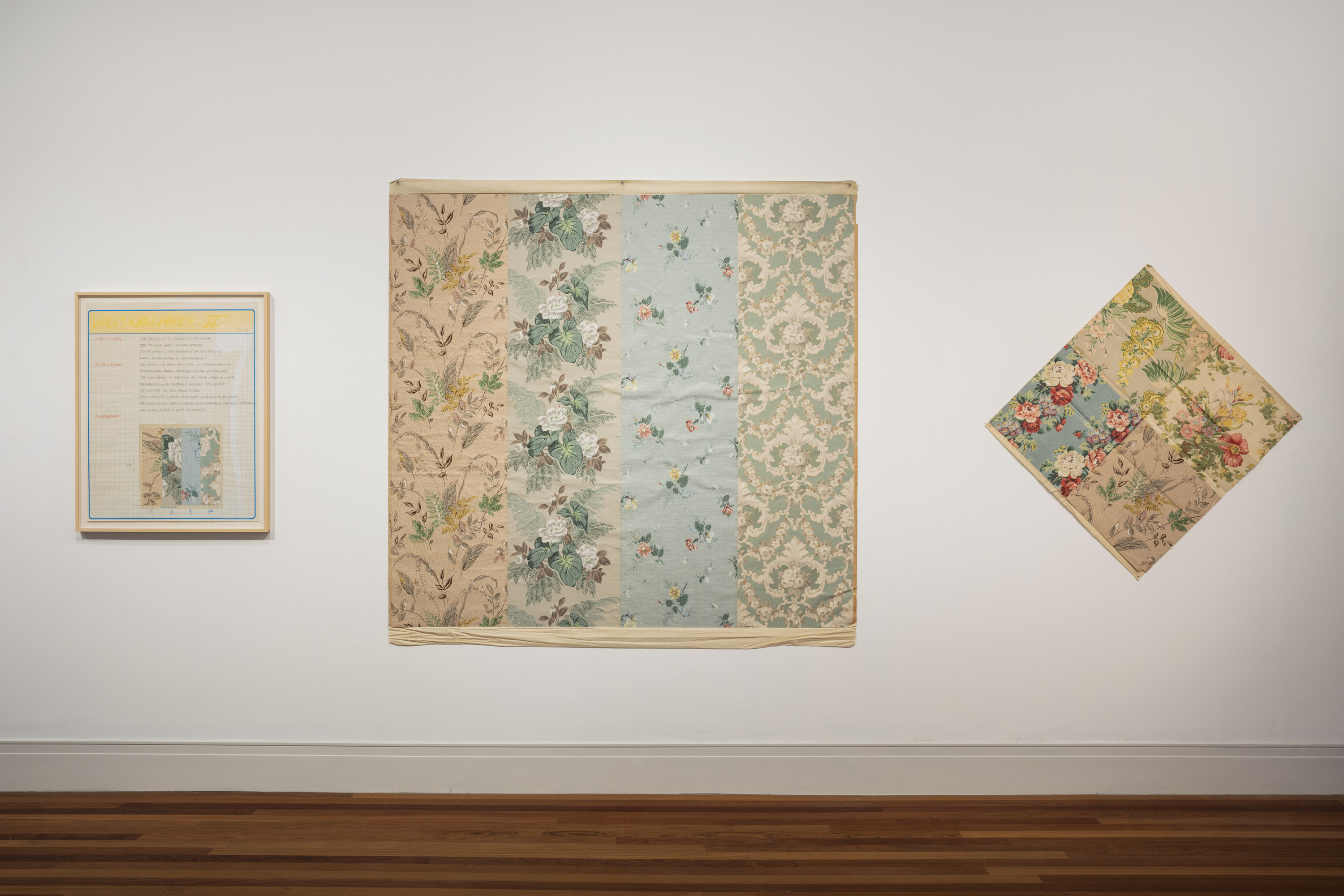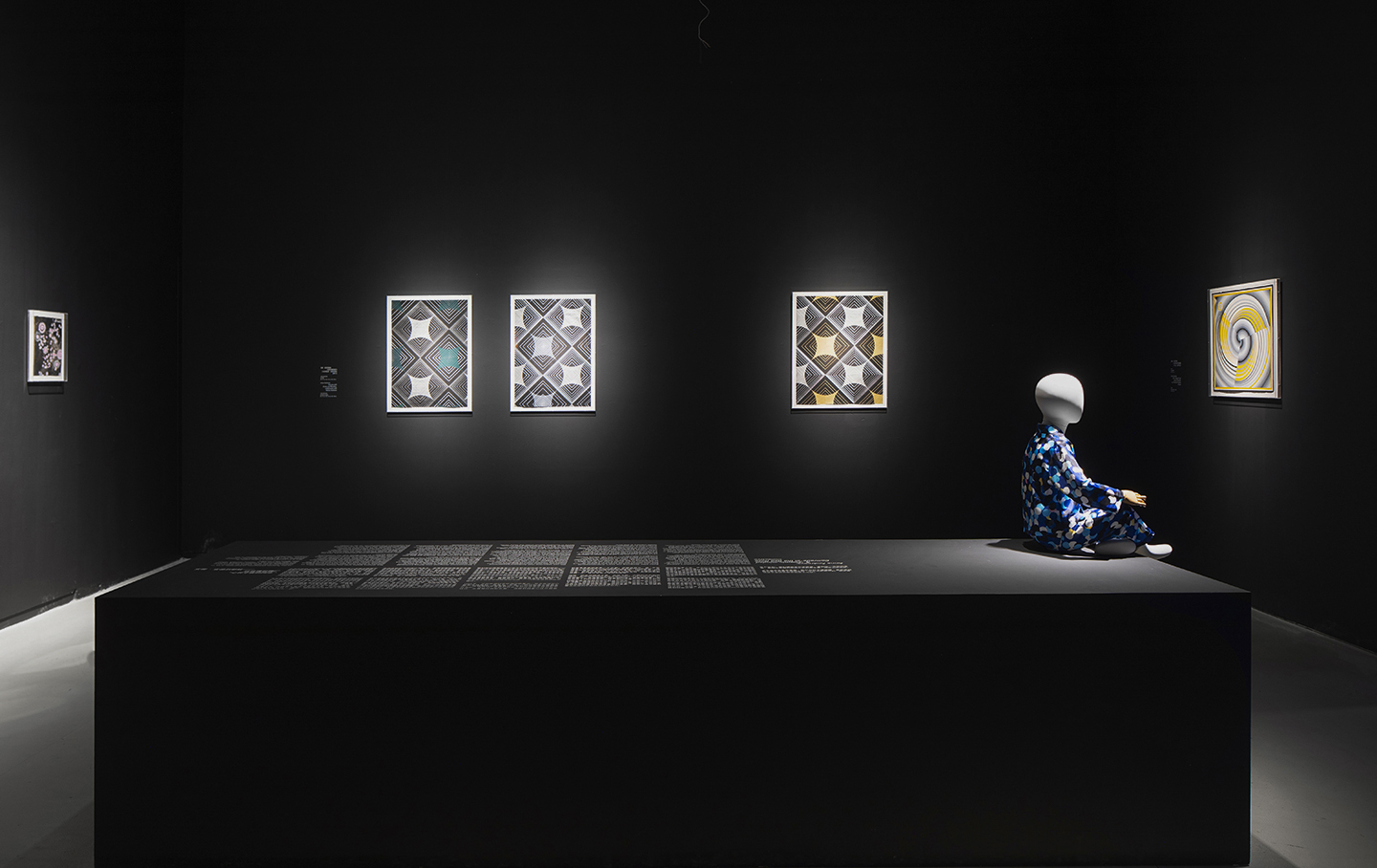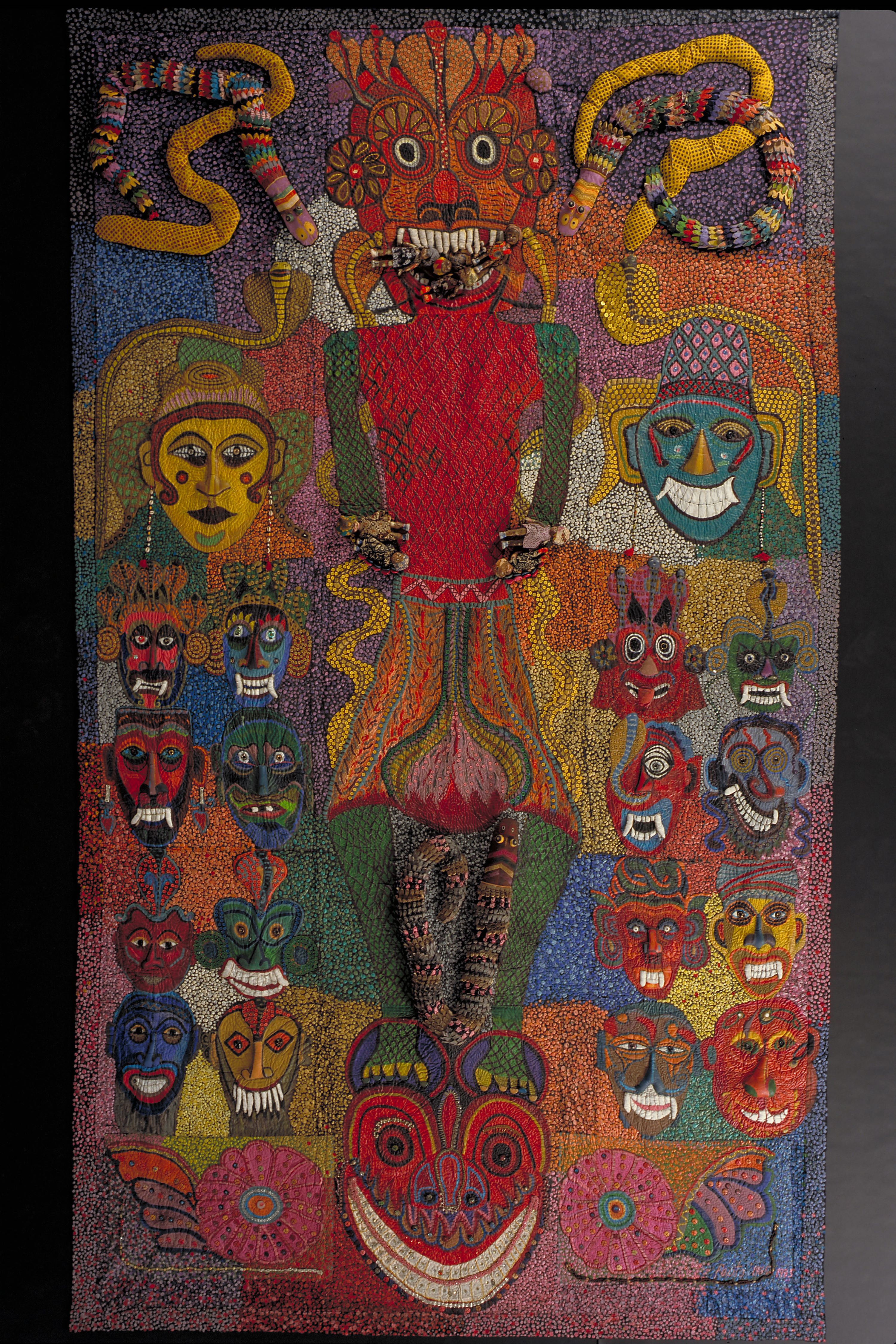December 2–January 13, 2011
Wishing for respite from the throngs at Art Basel Miami Beach, I walked over to the Formalist Sidewalk Poetry Club, a new gallery launched not in the obligatory blighted-cum-gentrifying Wynwood "gallery" district, but nestled in a former shoe store on one of South Beach's rather banal shopping strips. As the unusual name and strategic locale may suggest, the venue, run by Columbia MFA holder, Clayton Deutsch, is going for something a little different. And with the owner's training, associations, and some generous nest egg support covering overhead, the space is conceived, and, thus far, kept safe as an acerbically minded project space/artist-run gallery versus that of the conservative "business types" trading in the fair. Those dubious of such positions, but unable to visit South Beach, should request a mailing of their forthcoming catalog: a Barney's fashion supplement stylizing the art of the second exhibition (a group show). Although timed for the opening of ABMB and its offspring, FSPC's first exhibition is better read by simply taking a look around the city. This reflection could also be considered in relation to the fair, as the fair did chose its host—and in so doing, bespeaks a question, quite literally of what is "outside."
The show in question is rather blandly yet descriptively called "Solo Show – Merlin Carpenter" and is just that: a display of 37 artworks by Merlin Carpenter. Once inside, the visitor is faced with a rather clumsy and banal looking exhibition, 37 hangings of various Burberry plaid knock-offs stretched uniformly on large stretcher bars and installed provisionally without a level, salon style throughout. Like the seemingly half-assed or even drunken installation, the fabrics are poorly stretched, distorting the bands of the plaids into a wavy and wrinkled mess. Yet, upon closer inspection, the fakes themselves, besides being poor copies, some in the wrong hue, for example, feature their own signs of a cheap inherent character, as the patterning is inconstant and flawed. Like the sloppy hanging, this lack of quality control hints toward something being impoverished when display replaces craft.
Like the counterfeit plaids, Miami is also a town of impersonation—on the flight down I spoke to a young local who decided to live at home so as to spend potential rent on payments for a Mercedes, and with it, pretend to be affluent to the casual visitor. The fair and its speculations, the obviously fake Habanos sold on street, the so-so artificial beach, the grand hotels with elegant lobbies but small rooms, terrible service, and only adequate food, are all readymade fantasies for the unimaginative transient who takes utmost pleasure in swallowing the blatant swindle. Possibly aping this connoisseurship of the mediocre, "Solo Show" does lack the ability to ask a larger question: instead of paying attention to the faux-brand, should the purchaser not rather ask if Burberry is any good in the first place?
However, the Carpenter exhibition is not without its own humor, and thus escapes total prissy elitism in favor of a celebration of the synthetic. Some of the dupe plaids revel in a sensationally simmering golden sheen, while the exhibition poster features a ridiculous slapdash Photoshop montage of Tony Montoya, Castro, and other "Miami" exports so as to tickle an adolescent funny bone. As such, it's hard to tell if Carpenter is truly adverse to the hustle of this prepackaged town—and the art world if one wishes to go there—or if he is ambivalently drawn to and able to surf the codes of this trade like one of Guy de Maupassant's demimondes. In any case, the show's dual position of being both a critic of the crass, while also heralding its forms, harkens to recognition that either role, on its own, is slightly imperfect.
